We were going through a cemetery a couple weeks ago and Joe noticed this unusual symbol on a tombstone. I knew this inscription was out there on some tombstone somewhere, but I had never come across one before. The P of H on the inscription gave it away. I recognized it immediately and I was certainly excited.

Grange symbol; “The National Grange of the Order of Patrons of Husbandry.” Evangelical Protestant Cemetery, Convoy, OH (2023 photo by Karen)
The P of H stands for Patrons of Husbandry, more commonly known as the Grange. Their official name is The National Grange of the Order of Patrons of Husbandry, or Order of Patrons of Husbandry, but I will refer to them here as simply the Grange.
The Grange is the oldest American agricultural advocacy group, a social/fraternal organization that encourages families to band together to promote the economic and political well-being of the community and agriculture.
The Grange was founded in 1867 by Oliver Hudson Kelley, a Minnesota farmer and activist. He believed that farmers needed a national organization to represent them like the unions industrial workers had.
Regular Grange membership is open to anyone age 14 or older. The Grange Youth consists of members 13½ to 35 and the Junior Grange is open to children aged 5–14. In 2005, the Grange had a membership of 160,000 in 36 states.
The Grange is a grassroots organization and policies originate at the local level. The Grange is a hierarchical organization ranging from local communities to the National Grange organization. The local Grange level is the Subordinate Grange and usually all the subordinates in a county are grouped together to form a Pomona Grange. The next level is the State Grange. The thirty-five State Granges and Potomac Grange #1 in Washington, D.C. form the National Grange.
Granges hold regular meetings and discuss community issues. In addition, they offer a wide range of locally-oriented programs and activities for all ages and sponsor social events and community service projects.
Legislatively, the Grange represents the views of rural residents and the agricultural community. They have an impressive record of successful lobbying over the years: rural school improvements; laws to lower rates charged by railroads; the establishment of the Extension Service, postal Rural Free Delivery, and the Farm Credit System; making the U.S. Department of Agriculture part of the President’s Cabinet (1889); legislation promoting ethanol as a motor fuel (1906); the Pure Food and Drug Act (1906); the Federal Farm Loan Act (1916); organizing mutual insurance companies that focus on serving farm and rural markets (1920-1950); organizing rural electric, telephone, and water service cooperatives, public utility districts, volunteer fire departments, and state police programs.
In 1871 Chicago entrepreneur Montgomery Ward began his mail order business as a contractor to the National Grange and sold exclusively to Grange members.
The Grange borrowed some of its rituals and symbols from the Free Masons, including oaths, secret meetings, and special passwords necessary to keep railroad spies out of their meetings. I often wondered why we had to use a secret code word to get in if we were late for a meeting. After all, we were in a small community and we all knew each other. I learned from this research that it was because of railroad spies, although I don’t think railroad spies were a big problem in Chatt in the 1960s, but that was their ritual and tradition. However, railroad spies were evidently a big problem at one time.
My family belonged to the Chatt Grange in the 1960s. We attended meetings at the Grange Hall, aka Parish Hall, about a mile east of Chatt on Tama Road, a building that was razed a few years ago. In 1969 I was a member of the Mercer County Grange Youth Drill Team when we won the Ohio State Grange Drill Competition, defeating seven other Ohio counties. Our local Grange also hosted the annual Strawberry Festival and decorated a booth at the Mercer County Fair.
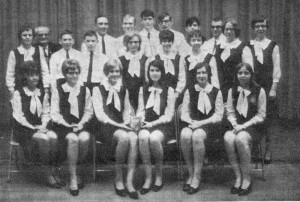
Mercer County Grange Drill Team, State Champions, 1969. [1]
The word “grange” comes from a Latin word for grain, related to a “granary,” or generically a farm. The motto of the Grange is In necessariis unitas, in dubiis libertas, in omnibus caritas, i.e. “In essentials, unity; in non-essentials, liberty; in all things, charity.”
Source: National Grange, of the Order of Patrons of Husbandry.

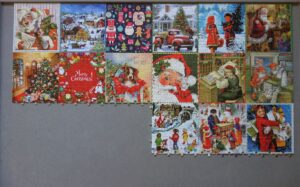

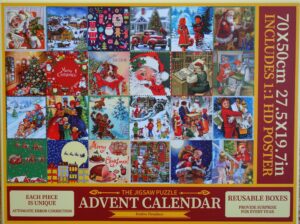

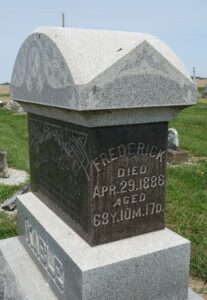
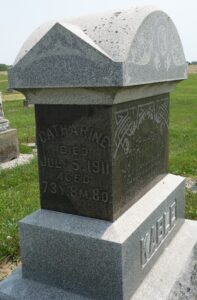
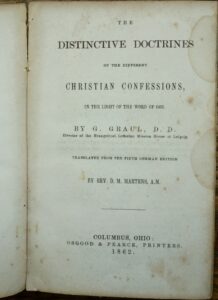
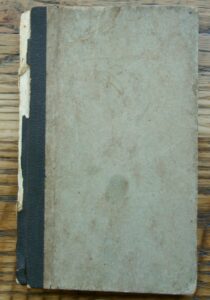




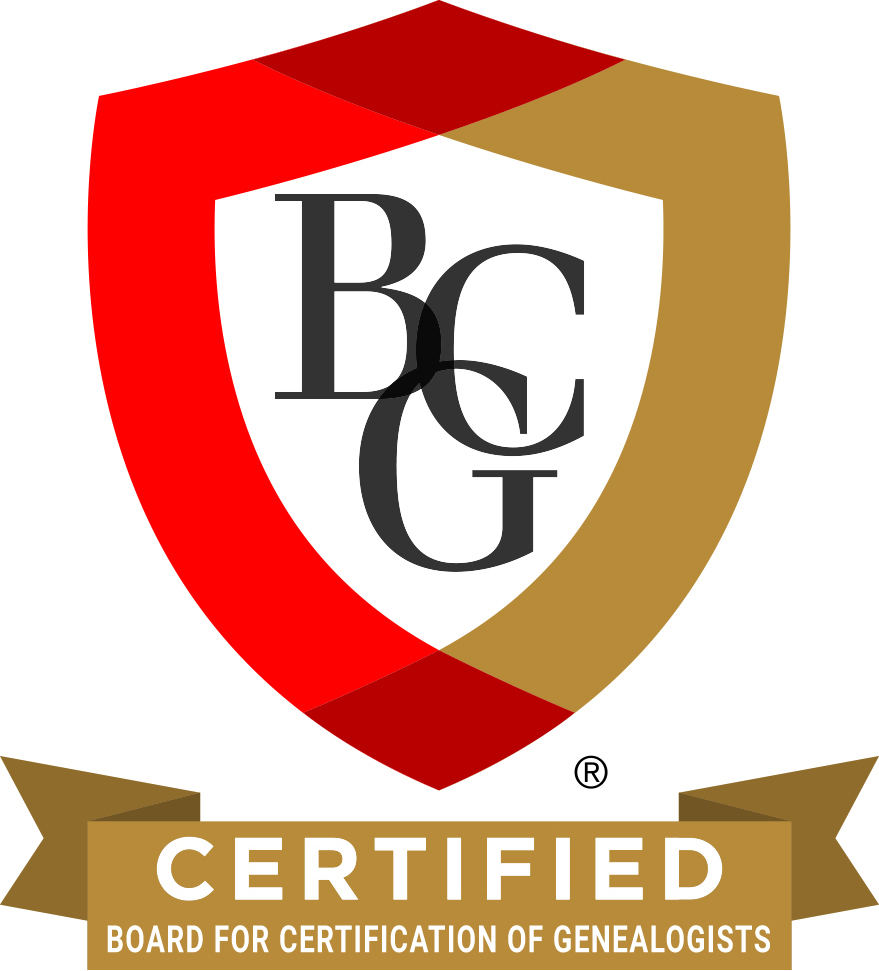
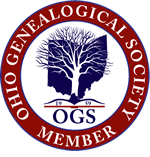

You are welcome!
You're welcome, Karen. I'm still working on this also. Thank you so much for all of your wonderful Mercer County…
Very interesting and great picture (I had neersee before) of the church! Thanks for sharing this, Karen.
Ha! I see why you say that. Your original surname was probably something similar to Schmitt.
Thank you for letting me know.